Announcing the LG G6: Snapdragon 821, 18:9 Display, IP68 Waterproof
by Matt Humrick on February 26, 2017 7:00 AM EST- Posted in
- Smartphones
- Snapdragon
- LG
- Mobile
- LG G6
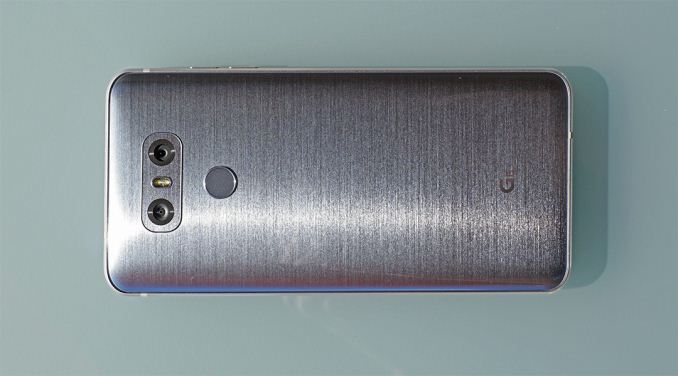
Today in Barcelona, LG officially unveiled the G6, the next installment of the venerable G-series that's now classified as a lower-end flagship below LG’s V-series. Like the G5 before it, the G6 receives a significant makeover, with an all-new design, a bigger display, and updated hardware.
In an effort to boost sales last year, LG modernized the G5’s design and construction and gave it a pair of features that set it apart from Korean rival Samsung’s Galaxy phones. It switched from a traditional plastic construction to a thin, all-aluminum chassis that was painted over to hide the antenna lines. The previous model’s rear-mounted volume controls were relocated too.
The G5’s most innovative feature was its detachable chin module that granted access to the battery and allowed for quick battery swaps, a unique ability for a metal phone. This base module could also be replaced with additional accessories, making the G5 one of the few attempts at a modular smartphone. Unfortunately, the initial modules, the LG CAM Plus and LG Hi-Fi Plus, were uninspiring, and more compelling options failed to materialize. Swapping modules was also clunky because it required removing the battery and rebooting the phone, an issue not shared with Motorola’s superior Moto Mod solution that was introduced alongside its new Moto Z family.
The G5’s modular gamble failed to pay off, and its other features were not enough to justify its higher price, leading to poor sales that fell well below LG’s expectations. Increasing competition from Chinese OEMs is also placing additional pressure on LG, which can ill afford another misstep. It's not too surprising then to see LG take a more conservative approach with the G6, focusing on correcting the previous model’s shortcomings rather than adding radical new features to make it stand out.
| LG G Series | ||
| LG G6 | LG G5 | |
| SoC | Qualcomm Snapdragon 821 (MSM8996 Pro) 2x Kryo @ 2.34GHz 2x Kryo @ 2.19GHz Adreno 530 @ 653MHz |
Qualcomm Snapdragon 820 (MSM8996) 2x Kryo @ 2.15GHz 2x Kryo @ 1.59GHz Adreno 530 @ 624MHz |
| Display | 5.7-inch 2880x1440 (18:9) IPS LCD | 5.3-inch 2560x1440 IPS LCD |
| Dimensions | 148.9 x 71.9 x 7.9 mm 163 grams |
149.4 x 73.9 x 7.7 mm 159 grams |
| RAM | 4GB LPDDR4 | 4GB LPDDR4-3188 |
| NAND | 32GB / 64GB1 (UFS 2.0) + microSD |
32GB (UFS 2.0) + microSD |
| Battery | 3300 mAh (12.54 Wh) non-replaceable |
2800 mAh (10.78 Wh) replaceable |
| Front Camera | 5MP, f/2.2, wide-angle (100°), auto HDR, screen flash | 8MP, 1/4" Toshiba T4KA3, 1.12µm pixels, f/2.0, HDR, screen flash |
| Rear Camera | Primary: 13MP, Sony IMX258 Exmor RS, 1.12µm pixels, f/1.8, PDAF, wide-angle (71°), OIS, auto HDR, dual-tone LED flash | Primary: 16MP, 1/2.6" Sony IMX234 Exmor RS, 1.12µm pixels, f/1.8, Laser AF, 3-axis OIS, HDR, color spectrum sensor, LED flash |
| Wide Angle: 13MP, Sony IMX258 Exmor RS, 1.12µm pixels, f/2.4, PDAF, wide-angle (125°), auto HDR, dual-tone LED flash | Wide Angle: 8MP, Sony IMX268 Exmor RS, 1.12µm pixels (assumed), f/2.4, wide-angle (135°), Laser AF, OIS, HDR, color spectrum sensor, LED flash | |
| Modem | Qualcomm X12 (Integrated) 2G / 3G / 4G LTE (Category 12/13) |
Qualcomm X12 (Integrated) 2G / 3G / 4G LTE (Category 12/13) |
| SIM Size | NanoSIM | NanoSIM |
| Wireless | 802.11a/b/g/n/ac 2x2 MIMO, BT 4.2, NFC, IrLED, GPS/GNSS | |
| Connectivity | USB 2.0 Type-C, 3.5mm headset | USB 2.0 Type-C, 3.5mm headset |
| Additional Features | QC 3.0 fast charging, wireless charging (WPC & PMA)2, IP68 environment protection, Hi-Fi Quad DAC3 | QC 3.0 fast charging, modular design |
| Launch OS | Android 7.1 with LG UX 6.0 | Android 6.0.1 with LG UX 5.0 |
1 - Only in select markets Korea, Hong Kong, Asia, India, CIS
2 - Only for US
3 - Not available in US, EU, South America, MEA
The G6’s larger 3300 mAh battery should help alleviate one of our complaints about the G5: poor battery life. It’s still a bit smaller than the batteries in the Pixel XL (3450 mAh) and Galaxy S7 edge (3600 mAh), both of which have slightly smaller 5.5-inch AMOLED displays, but the G6 should last noticeably longer than the G5. With the Galaxy Note7 recall still fresh in people’s minds, LG made the point that the separator between the anode and cathode in the G6’s battery is 15.5µm thick versus 8.5µm for the Note7.
The G6 also gets a complete redesign. LG has abandoned the G5’s modularity, simplifying the phone’s construction. This means that the G6’s battery is sealed inside and no longer removable too. The chassis is still aluminum, with internal bracing to increase rigidity, but there’s a piece of glass covering the plastic back with a brushed aluminum finish below. Its edges are slightly beveled where they meet the metal’s polished chamfer, improving in-hand feel.
The dual rear camera module, which looks like a pair of eyes staring you, now sits flush with the back, just above the fingerprint sensor that also works as a power button. The G6 still comes with a 3.5mm headphone jack on the top edge, and the single, downward-firing speaker sits to one side of the USB Type-C port on the bottom.
The interesting change is around front, however. Overall display size increases to 5.7-inches, but it only gets taller and not wider, resulting in an 18:9 aspect ratio (instead of the more common 16:9) that increases screen area while keeping the phone narrow enough to easily hold in one hand. LG has modified its built-in apps to take advantage of the extra screen height, including the camera, which has room to show a strip of image thumbnails next to the camera controls. The corners of the IPS LCD are also rounded instead of sharp angles, which improves screen durability by reducing stress concentrations, according to LG’s testing, and matches the rounded corners of the frame and the rounded graphical elements in LG UX 6.0.
Companies continue to chisel away at the bezels surrounding the display. While the G6 falls a little short of Xiaomi’s nearly all-screen Mi MIX, it still achieves a screen-to-body ratio over 80%. With the smaller bezels, the G6 is actually shorter and narrower than the G5 and a little shorter than the Galaxy S7 edge even though it has a smaller 5.5-inch display.
Unlike the outside, the hardware inside the G6 remains relatively the same. The Snapdragon 820 SoC gets replaced by the Snapdragon 821, which bumps peak frequencies to 2.19GHz and 2.34GHz for the two lower-power and two higher-performance Kryo CPU cores, respectively. The Adreno 530 GPU also gets a higher operating point. The real-world difference between the Snapdragon 820 and 821 is small, however. An internal heat pipe covers the SoC and redistributes heat along the phone’s left edge, which should help reduce thermal throttling.
After announcing the Snapdragon 835 last fall and releasing more details at CES, most people assumed the G6 would receive Qualcomm’s latest SoC. Initial supply seems to be limited, though, for the first product to use Samsung's new 10nm process, putting LG and other OEMs launching flagship phones in Q1 2017 in a difficult position: either delay their products or move forward with last year's Snapdragon. Going with the 821 does give LG a time-to-market advantage over Samsung's Galaxy S8, which is launching later than usual.
LG is sticking with 4GB of LPDDR4 RAM for the G6 while other flagships are moving to 6GB or more, although it should still be enough for heavy multitasking. Internal storage is stuck at 32GB, although select Eastern markets will see a 64GB option available. Additional storage can be added with a microSD card.
Last year LG gave the G5 a dual rear camera. Unlike systems from Huawei, which combine the output of RGB and black and white sensors to improve image quality, the G5’s cameras worked independently, providing a pseudo-zoom feature that switched between a short focal length lens and an even shorter wide-angle lens.
The G6 uses a similar dual rear camera setup, except both use the same 13MP Sony IMX258 sensors. This should improve quality for the wide-angle camera that used an 8MP sensor before, fully half the resolution as the G5’s main camera. The balanced sensors and Qualcomm’s Optical Zoom feature provided by the Snapdragon SoC eliminate the stutter or pause that would occur when switching between the two cameras. This transition is now perfectly smooth on the G6 other than a slight shift in perspective caused by the different focal lengths.
The primary rear camera has OIS (not wide-angle camera), but the G5’s hybrid autofocus system, which combined contrast AF, laser AF, and phase detect AF (PDAF), is gone. The G6 still supports contrast and PDAF, but this is definitely a step backwards when even mid-range devices are adopting hybrid autofocus systems that combine three or four different AF methods. The separate color spectrum sensor, which helped set white balance, is also gone. These omissions seem like a cost-cutting move to make room for some new features.
One new trick for the G6 is wireless charging. It supports both the WPC and PMA standards, but this feature is only available in the US. LG says its market research revealed that wireless charging is a lower priority in other countries, and it did not want to increase cost by including features people would not use. The G6 still includes Qualcomm’s Quick Charge 3.0 fast-charging technology, though.
The G6 also adds IP68 dust and water resistance. This rating means it’s completely sealed against dust and can remain immersed in 1.5m of water for up to 30 minutes. Select markets will also get LG’s Hi-Fi Quad DAC setup for improved audio quality when using headphones. Unfortunately, customers in the US, EU, South America, and MEA countries will not get the Quad DAC and will have to make do with sound more typical of a smartphone.
The G6 comes in three different colors—black, silver, and white—and will be available for sale in South Korea within days. LG has not disclosed pricing or availability in other countries yet.


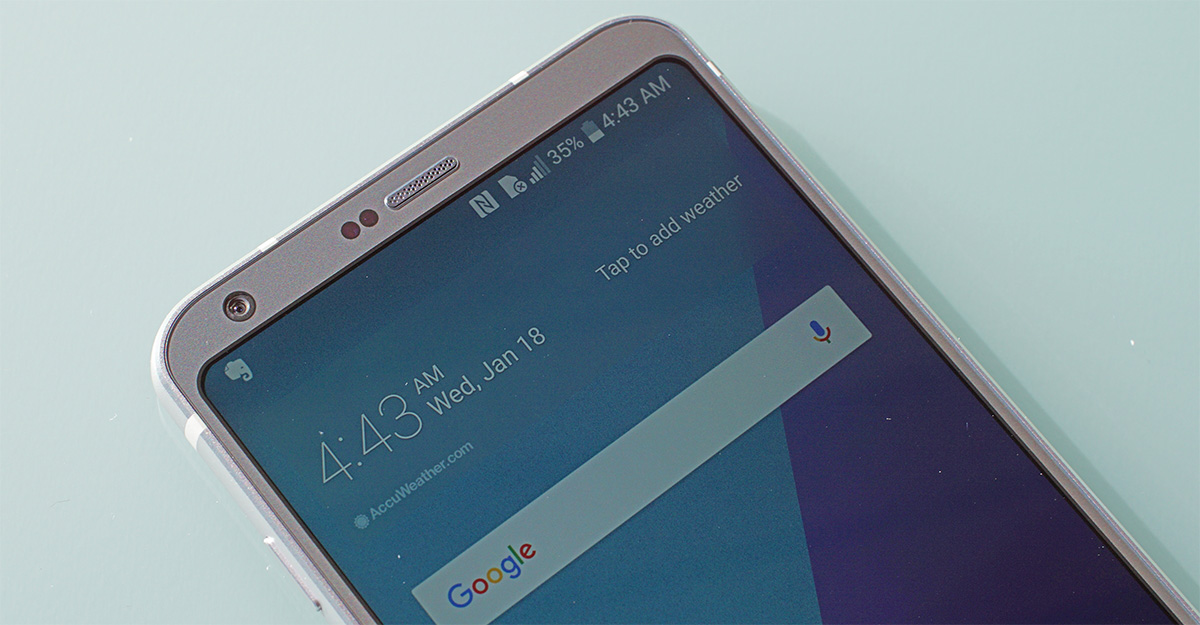
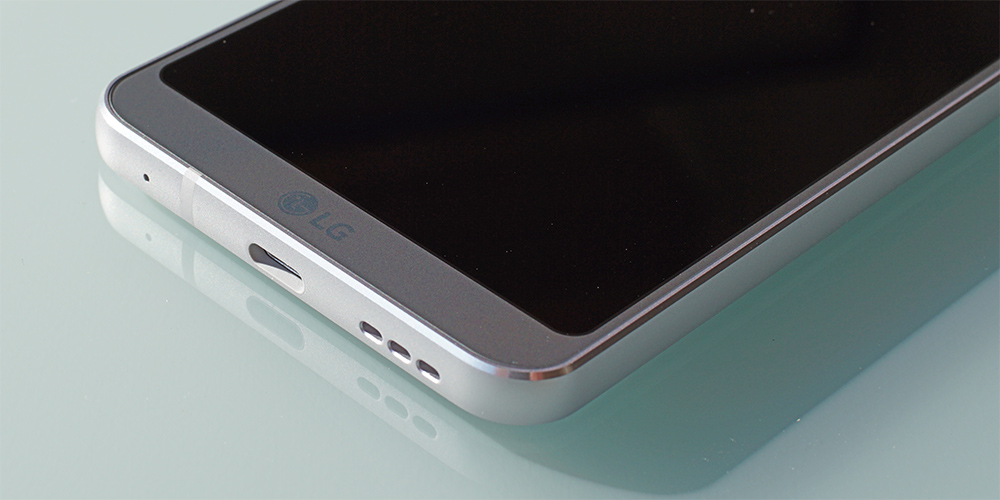
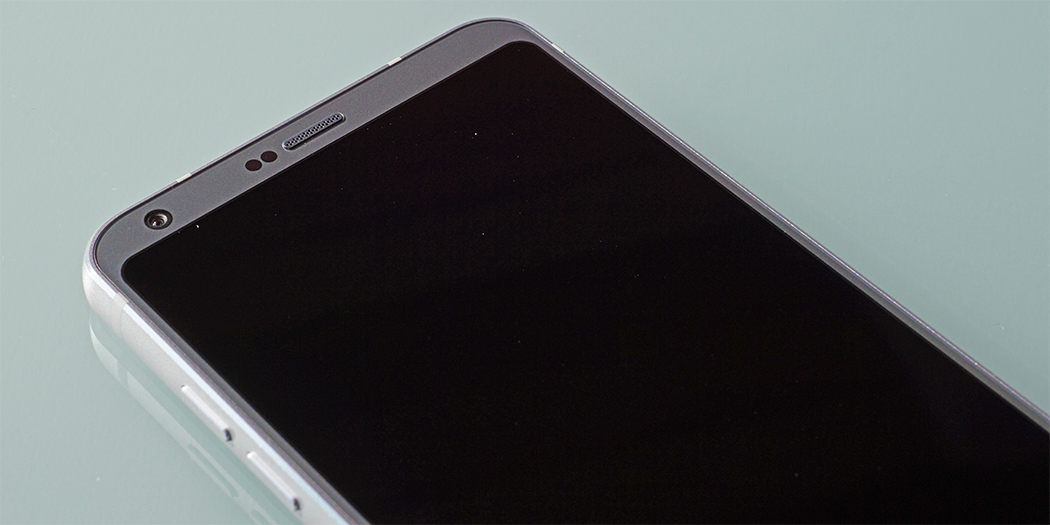
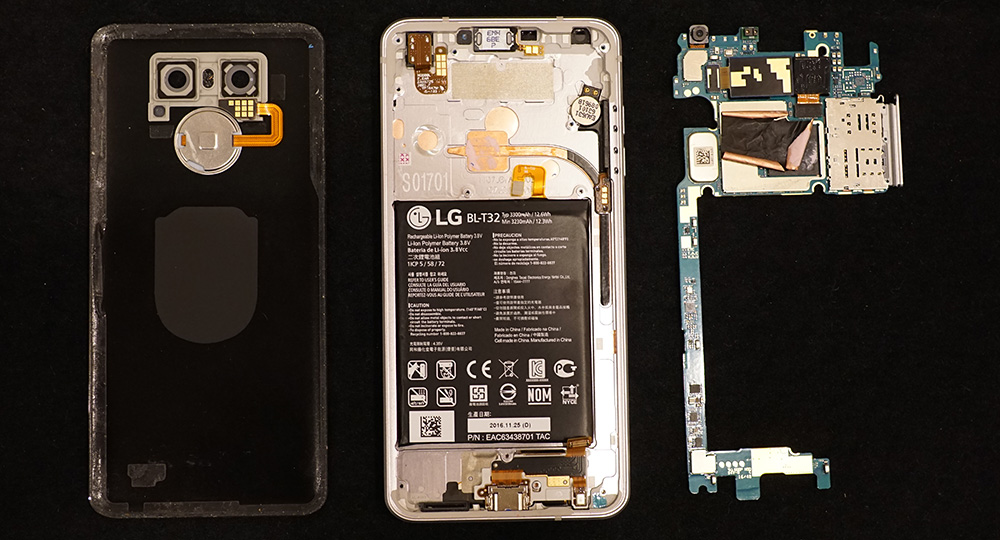
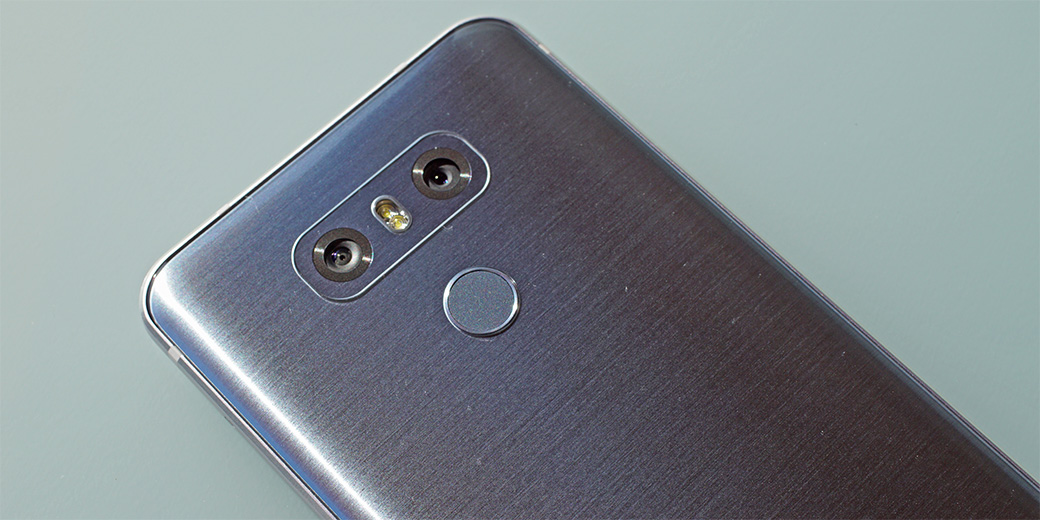
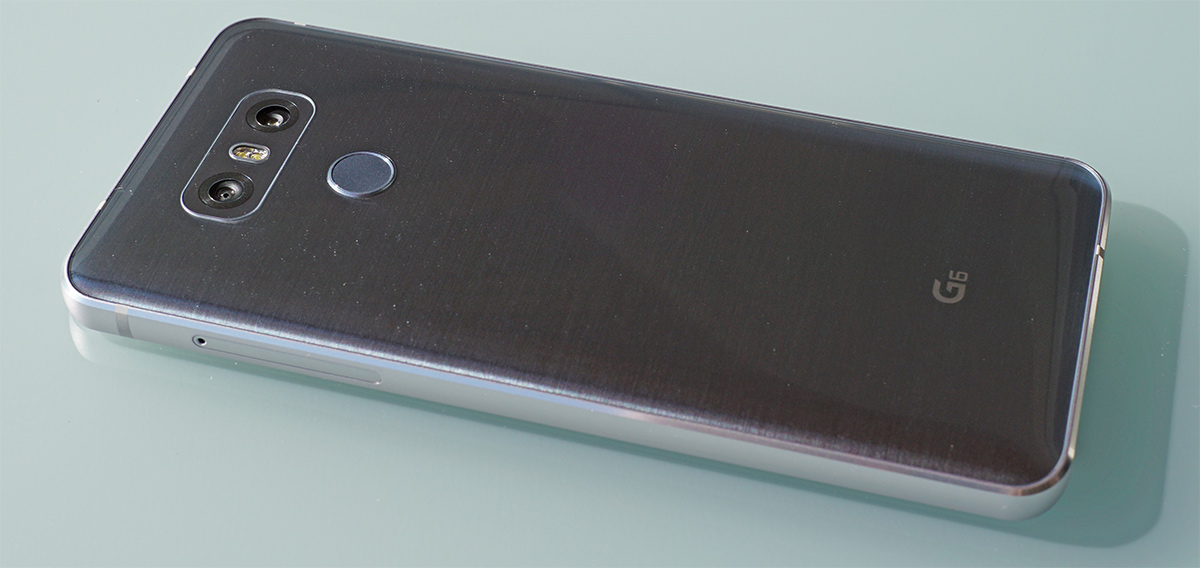








32 Comments
View All Comments
lilmoe - Sunday, February 26, 2017 - link
USB 2.0? Different feature set for each market? Thus isn't jyst the SoC... What's up with that?lilmoe - Sunday, February 26, 2017 - link
This isn't just about the SoC****Fidelator - Sunday, February 26, 2017 - link
Oh LG you have set yourselves up for failure, cost cutting with wireless charging, cost cutting by not including the Quad DAC, single bottom firing speaker, didn't you already cut enough corners by using an old SD821?How much is this going to cost with these omissions? I don't see a reason to pick this up for over $450, It certainly isn't a match for the Mate 9.
And let's not forget the software update situation given the huge amount of fragmentation for different hardware configurations on different markets, I imagine quite a few will be left stuck on older versions of Android because a particular quad DAC wireless charging configutation didn't sell enough units.
Devices with the SD835 or Kirin 960 will step all over this one when it comes to performance and efficiency.
I really wanted this to be good but so much cost cutting and different hardware configurations are unaceptable at the price LGs is going to sell this phone.
So far it seems like only Huawei has a shot at ending Samsung's Android monopoly.
mmrezaie - Sunday, February 26, 2017 - link
I agree hardware fragmentation has a high correlation with software fragmentations. For example, even though I thought Motorola releases software updates more frequently, the moto e version 2 that I got as a backup phone for trips never got any updates even though other versions of the exact phone in other markets were getting the updates (I got mine in Sweden).UtilityMax - Sunday, February 26, 2017 - link
Motorola now has a pretty poor updates record. It's former flagship Moto X Pure will receive Nougat no sooner than May, 9 months after the original Android 7.0 release!Hrel - Sunday, February 26, 2017 - link
I think Sony makes the smartphone to beat. Anandtech never reviews them for some reason but they're amazing. I have the Z3+ and it's still fast and responsive even 1.5 years later fully stock. Gets every update to this day and I don't expect that to slow down. Talk about a 4 year phone.Death666Angel - Sunday, February 26, 2017 - link
"Anandtech never reviews them for some reason" Sony doesn't ship them review units.UtilityMax - Sunday, February 26, 2017 - link
Do you really think that the vast majority of smartphone shoppers know the difference between SD820 and SD821 or SD835. The SoCs have become pretty mundane after SD820, which already has more power than what most people need.lilmoe - Sunday, February 26, 2017 - link
This isn't about the SoC. The SD821 is fine. What's annoying is the different features for each region. It's a pain in the behind, for regular, non-techy consumers, to know which model has which; wireless charging, HiFi dac, etc...Klug4Pres - Sunday, February 26, 2017 - link
The screen is roughly equivalent to a 5.2 inch 16:9 display, with an extra half inch tacked on to the bottom (in portrait orientation).Optimum screen size varies for different people, so a 5.2 inch display may work well for some.
However, I don't think a lack of elongation has been a hugely limiting factor in smartphone screens, so I am sceptical that the departure from a standard aspect ratio can bring enough benefits to outweigh possible problems of UI scaling, which presumably may be app-dependent and could crop up any time an app, or some API on which an app relies, is updated.
Otherwise, I think it is a great pity that LG has abandoned one of its few differentiating features, the replaceable battery. I am not convinced that this is a necessary trade-off to achieve water and dust resistance, as other devices have managed to achieve both, and even if the trade-off confers some advantage in this regard, it is not one that I would make, especially if it removed one of my USPs.
I'll wait and see on device handling, but the pictures suggest this phone is a bit of brick - too squared-off for in-hand comfort?
I also hate glass backs - just asking to be shattered, and finger-print magnets.
In my opinion, LG has lost its way at a difficult time for the wider smartphone industry. The market is highly commoditised at the mid to low end, and LG is no longer able to compete with Apple and Samsung at the high end because it just doesn't have the volume, distribution, branding, or support to stay in that fight.
The G2 and G3 were well-considered devices, with a great balance of innovation, features, usability, and price. A relative absence of post-sale software support compared with the market leaders could be offset by the overall value proposition.
The G4 was barely adequate and plagued by the boot-loop bug. The G5 was a radical but poorly-executed design that has been a financial disaster. Is the G6 enough to turn things around? At first blush, I doubt it, because the flagship or near-flagship market is difficult and what does LG really have here that is compelling? Maybe it is lower price, but LG's lesser sales volumes compared with the big two surely will not allow it to generate big profits here.